
Investigators sought to understand the diagnostic path, symptoms, quality of life impact and coping mechanisms of patients with GA in western Europe and the United States

Investigators sought to understand the diagnostic path, symptoms, quality of life impact and coping mechanisms of patients with GA in western Europe and the United States


Opus Genetics reveals promising 1-year results from OPGx-LCA5 gene therapy, showing sustained vision improvements in adults with LCA5 retinal degeneration.

Members of the Ophthalmology Times Europe, Ophthalmology Times and Modern Retina editorial advisory boards are present and presenting at the 2025 ARVO meeting

Carl Zeiss Meditec plans to launch the ZEISS RDP in select countries throughout 2025

Therapies for retinal vascular disease, dry eye disease, inflammation following glaucoma filtration surgery and more
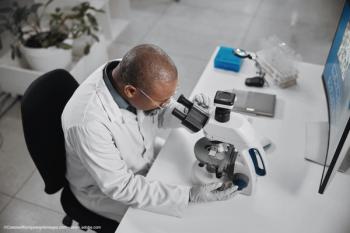
Bangalore-based Eyestem will share more research findings on Eyecyte-RPE at this year's Association for Research in Vision and Ophthalmology meeting
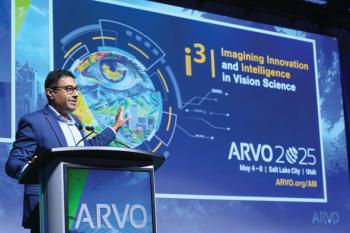
ARVO attendees took a deep dive into trends and explored the near future of vision science

The mutant huntingtin protein in tear fluid may have the potential to serve as an early marker of changes in Huntington disease
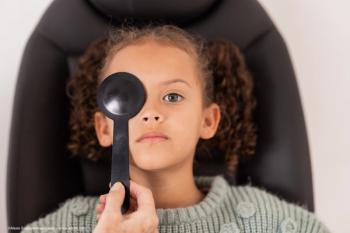
Investigators say children with cortical/cerebral visual impairment experience markedly lower vision-specific quality of life
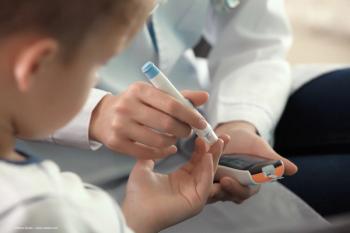
Study results indicate that maintaining control of blood pressure and hemoglobin A1c are key to preventing the onset of diabetic retinopathy

This study also investigated the development of myopia rebound when dosing was discontinued
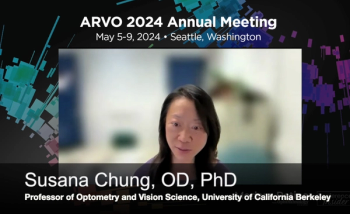
Susana Chung, OD, PhD, speaks about one of her ARVO presentations and the future of artificial intelligence in eye care

Study data demonstrated a significant correlation between visual function, structure and neurological impairment in an experimental autoimmune encephalomyelitis model

Ahead of the meeting, several companies previewed product pipeline announcements and research data presentations

The meeting kicks off with symposia and an opening keynote speech from Ed Yong
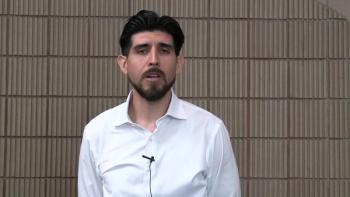
Ronald Zambrano, lab supervisor for the advanced Ophthalmic Imaging Lab at NYU Langone, talks about lamina cribrosa pressure and predicting structural glaucoma progression at this year's ARVO meeting.

Japanese investigators have found an ocular biomarker of cardiovascular diseases.
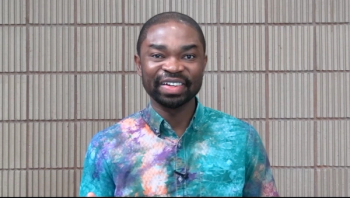
Dr Edmund Arthur shares his research on the early detection of diabetic retinopathy in underserved communities at this year's ARVO meeting.
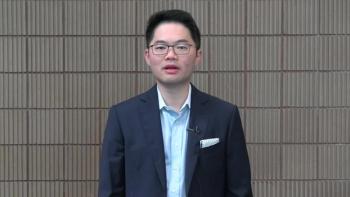
Dr T.Y. Alvin Liu talks about predictive AI and its uses in ophthalmology and screening of the eyes at this year's ARVO meeting.
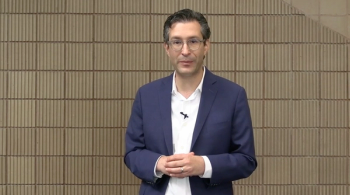
Dr Carl Danzig, MD, FASRS, spoke at this year's ARVO meeting on the post hoc analysis for the GATHER trials regarding vision loss and patients receiving ACP 2/mg versus sham.
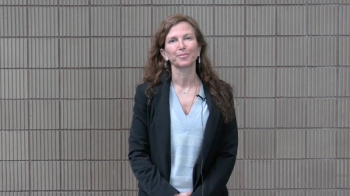
Dr Caroline Baumal talks about Apellis' presentations focusing on visual function, imaging and artificial intelligence at this year's ARVO meeting.

Dr Deborah Ferrington talks about her ARVO presentation on using human donor tissue to identify the mechanism responsible for the death of the retinal pigment epithelium.

The programme includes thousands of poster and paper presentations by up-and-coming vision scientists and world leaders in their respective subspecialties.

The host city of New Orleans, Louisiana, US, is replete with old world charm and ambiance and can satisfy any sightseeing, gastronomic and musical appetites.

Dr Eva Chamorro points out that myopia control spectacle lenses affect the diurnal rhythms in the AL in young adult human and produced a small short-term increase in the AL that varies in intensity and time interval for each of the 3 studied lenses.
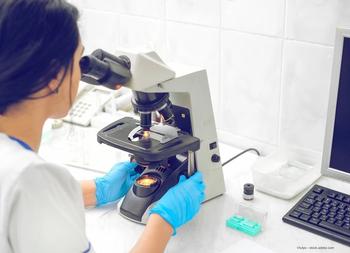
Investigators from the Karolinska Institutet and St. Erik Eye Hospital, Stockholm, Sweden, reported that they have developed a prognostic test, referred to as serUM, that they believe is a strong predictor of metastasis of uveal melanoma.

THR-687 is currently being evaluated in a phase 2 clinical trial in patients with DME. The first data from the dose-optimization study is expected to be released in the first half of 2022.
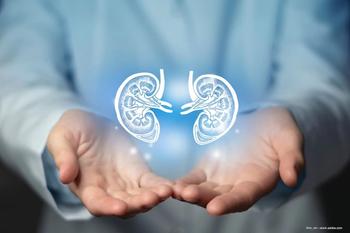
The study found no association between treatment and the risk of chronic kidney disease or end-stage renal disease.
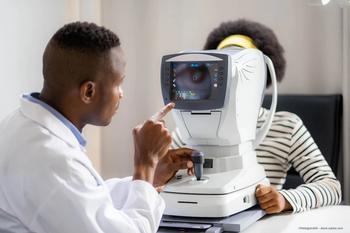
In a poster presented at the Association for Research in Vision and Ophthalmology’s 2022 annual meeting, Dr Osama Ibrahim Hirayama and colleagues offered results that demonstrating that anisometropia and astigmatic error were greater among the patients with high myopia compared with the other groups. Compared with the subjects with no myopia, those with high myopia reported significantly more dryness, less photophobia, and less pain.